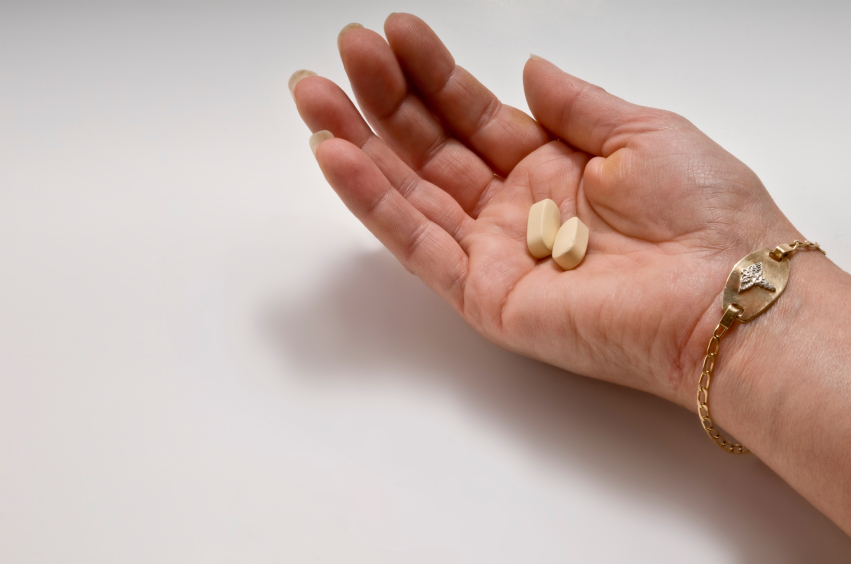
Prescription drug coverage for seniors was implemented as a part of Medicare in 2004. This coverage is known as Medicare Part D. Medicare D is offered through private insurance. It can be offered through plans that are affiliated with the Medicare Advantage or a stand-alone plan.
The system that was set up by Medicare to provide prescription drug coverage offers a lot of choices. That is why it can be difficult for you to choose the right plan. Every state has several Medicare prescription plans. In fact, there are 45 in Alaska and 57 in the Pennsylvania/West Virginia region.
You may have to pay a higher premium for one of these plans. Some plans will only provide prescription drug coverage for certain pharmacies. There are also some plans that will not cover certain drugs. That is why it is important for people to do their homework and make sure they get the Medicare prescription plan that is right for them.
Using Your Medicare Prescription Drug Benefits
Here is a list of some of the basic facts about Medicare Part D Benefits:
*In 2009, the average premium for a Medicare Part D plan was $35.
*The vast majority of the plans require a co-payment for drugs. There are four tiers, specialty drugs, non-preferred drug brands, preferred drug brands and generic drug brands.
*Medicare Part D plans do not cover all of the drugs on the market. In many cases, the plan covers the generic name and not the brand name. However, the plans are required to cover all medications in the prescribed classes and categories.
*You can appeal the decision if the plan refuses to cover your medication. Make sure that you ask about your insurer’s appeal process.
* Medicare Part D plans may require that you get documentation from a physician in order to cover an expensive medication.
Supplemental Help For Prescription Medications
One of the drawbacks of having a Medicare prescription plan is that it has a coverage gap. This means that once the cost of your medications have reached a certain limit, you will have to pay 100 percent of the cost up until a certain point. In 2009, the average coverage cap begins when the plan has covered $2,700 in prescription drugs. After that limit, you will have to pay for your medications until you have spent $4,350 out of pocket.
 This can create a financial hardship for people who are living on a fixed income. However, there are other options. Below is a list of some of those options:
This can create a financial hardship for people who are living on a fixed income. However, there are other options. Below is a list of some of those options:
Medicaid– Medicaid is a state-run program that is designed for the elderly and poor.
Discount Drug Cards– Some pharmacies have discount cards. You pay a small monthly fee and are able to get discounts on drugs.
State Pharmaceutical Assistance Programs-It is estimated that 50 percent of states in the United States offer financial assistance to very sick or low-income seniors.
Pharmaceutical Company Patient Assistance Programs– There are some pharmaceutical companies that offer assistance to patients who cannot afford their medications. In order to qualify for this program, you must not be receiving any other type of public assistance.
National Prescription Drug Assistance Programs– There are some organizations that help people who are required to take expensive medications for an illness. The National Organization For Rare Disorders and The AIDS Drug Assistance are examples of such programs.
There is no ads to display, Please add some

